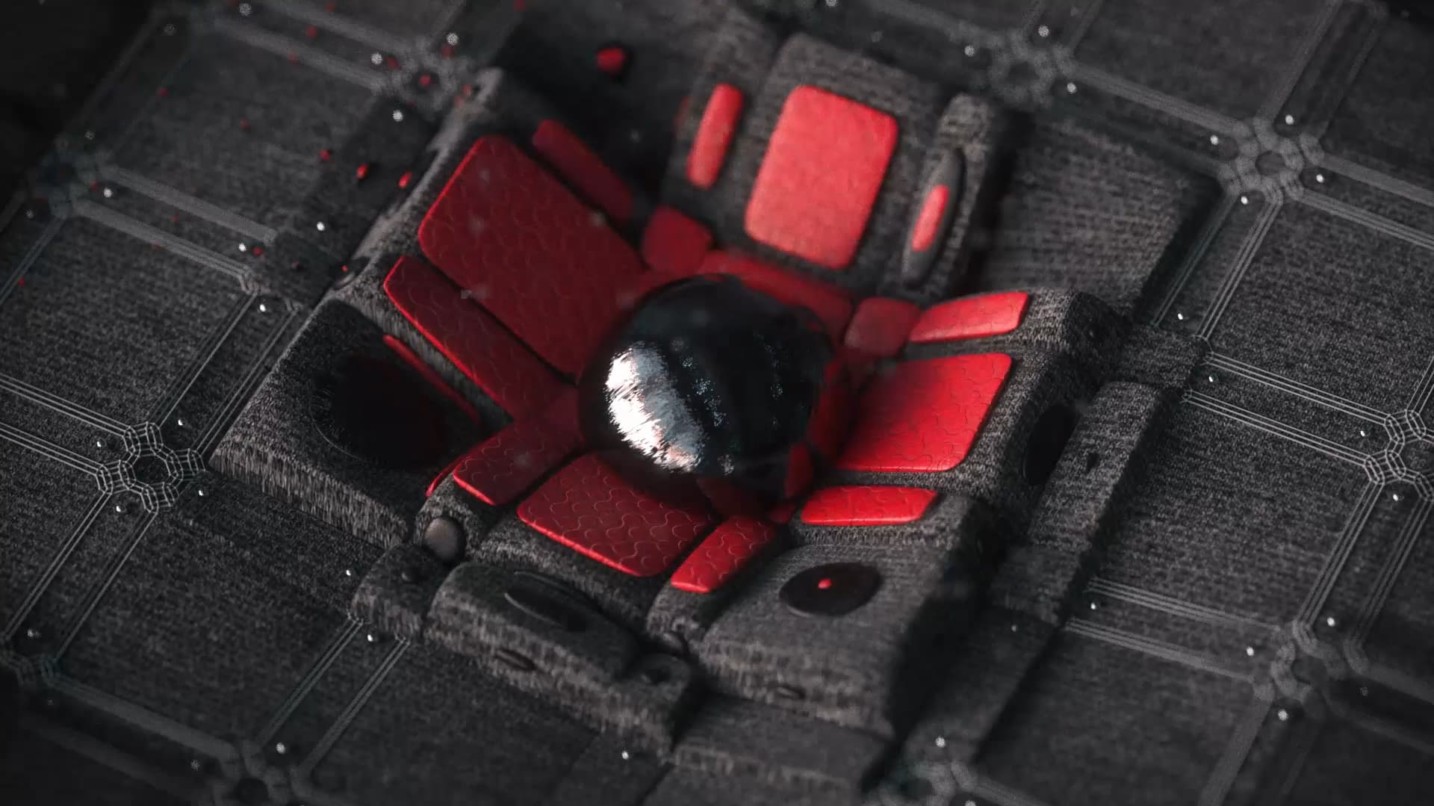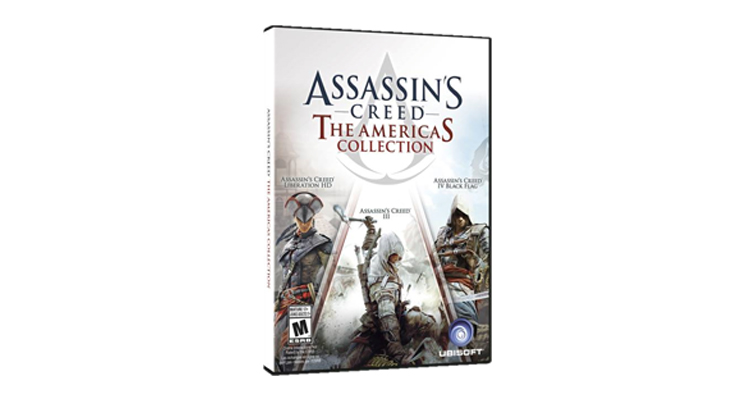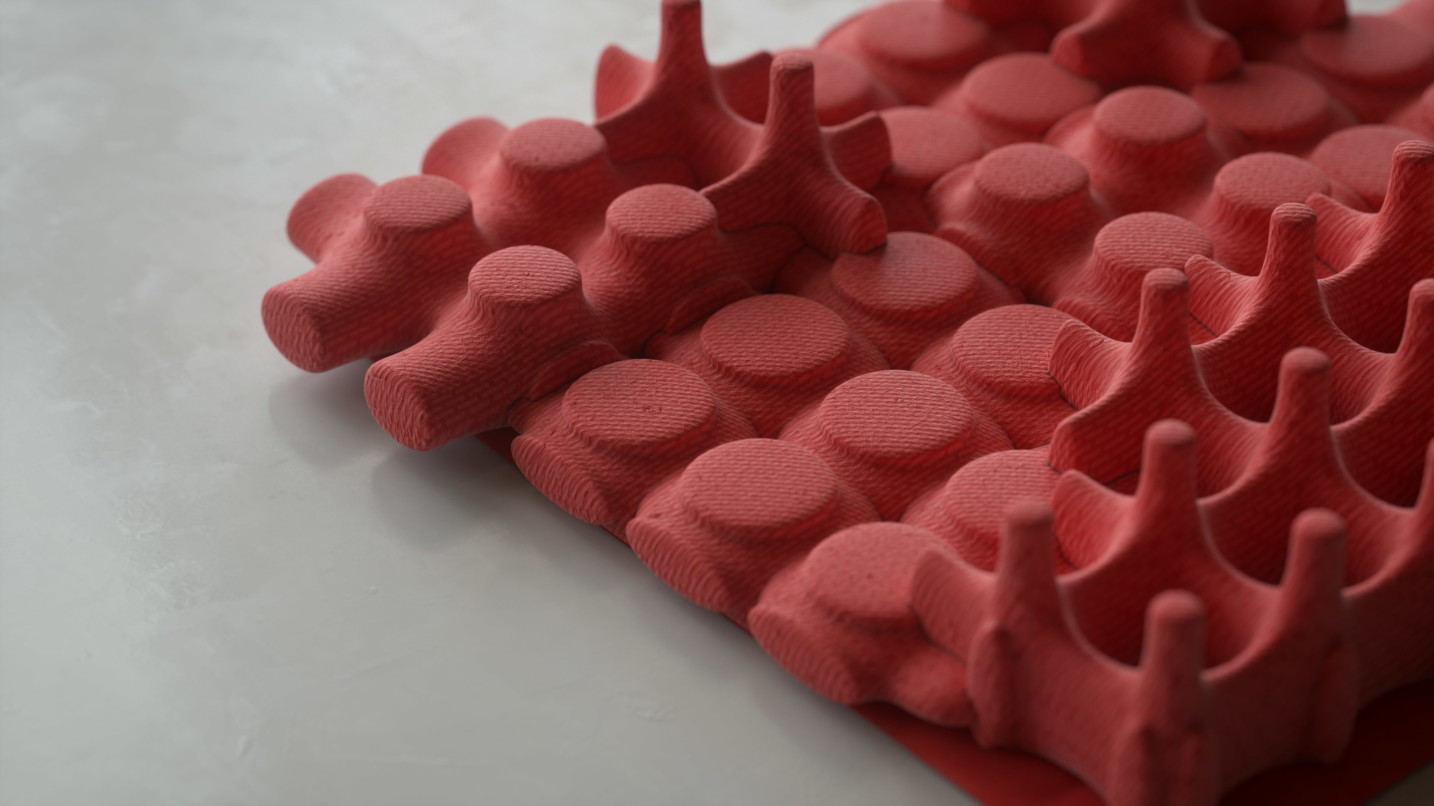
We talk to designer turned 3D artist Zachary Corzine about his career path, the tools he uses, and his desire to keep learning.
Zachary Corzine, or as Instagram users may recognize him as @zachdarren, is a designer turned 3D artist living in California. He has worked for a variety of companies and found success as a freelancer for the past few years.
Zach is currently moving to Los Angeles to join the incredibly talented team at ManVsMachine.
Take a glimpse at his work here in his latest reel.
I had the pleasure of meeting Zach earlier this year and learned a ton about his work. It was fascinating to learn about his experimentation and his persistent work ethic to figuring out ways to create things in new ways.
I wanted to learn more about him and his work, and the following is our conversation with some incredible art for you to check out.
Interview
Michael Maher: Let’s start with the basics. Where are you from?
Zachary Corzine: I was born in L.A., then went up to Washington state and lived there until I was seven. We moved to the Bay Area and I grew up in Half Moon Bay. It’s one of those smaller towns where there isn’t much to do.
It’s a really beautiful town, a mixture of farmland and beaches. But besides the big pumpkin festival, there isn’t much to do if you aren’t into surfing or hiking. We didn’t have a movie theater or anything, so I would just go home and get on the computer and get into creative stuff. To me, it was boring living there.

My friends and I were making music or staying indoors playing video games. I spent some time modding video games with Garry’s Mod, spending all day at the computer trying to break stuff. That really starts to flex your creative muscles. My mom probably went through 10 computers just because I was installing all these things and breaking them. Luckily enough, she was supportive, and her encouraging that type of thing was a big deal.
MM: How did music and modding transition into art?
ZC: I ended up transitioning to art through graffiti. I was making music, which lead me into hip-hop, where I ended up learning about audio stuff, and then going visual with graffiti. In my junior year of high school, my art teacher encouraged me to get into Photoshop. That’s where I started making digital versions of my work. That transitioned into an AP Art class, up until I graduated.
After high school, I couldn’t decide between sociology or art. I ended up choosing to go to CCA (California College of the Arts) in San Francisco. The traditional classes were in Oakland, but all the digital design classes were in San Francisco. I went there for a couple years, then dropped out of art school.
Then I went to CSU (California State University) and took some sociology classes. I couldn’t decide if I wanted to do art anymore after dropping out of CCA. I took some general courses, and after a stroke of luck I was about to declare my major and a teacher and advisers suggested that I could shift back to art if I wanted it. It was one of those now or never moments, and it made me realize that I really wanted to pursue design. I switched to design and finished at CSU.
MM: Now with a degree in design, where did you start your career?
ZC: After I graduated, I was freelancing at a few design studios like IDEO doing brochure work. Nothing terribly exciting. I was trying to figure out what to do next, and my girlfriend was the one who actually found an internship at Ubisoft. I didn’t have a ton of work in my portfolio at the time, and didn’t think I’d get it, but I applied and sure enough I got it, which was amazing. The Key Artist there used a lot of Cinema 4D and 3ds Max. That’s what really sparked my interest with 3D.

When I started at Ubisoft, I was hired because of my design background, but I really wanted to start working on more 3D work. I did logo explorations for new games, type block ups, company presentations on stats, and stuff like that. I was lucky enough to work on a few bigger projects, like an Assassin’s Creed: The Americas Collection, key art for Far Cry 4, some work for Rainbow Six. I wasn’t getting to do what I really wanted, because I was getting this itch to get out of design and into 3D.
MM: So how were you able to change careers from design to 3D? Was it a jump, or a longer transition?
ZC: After my internship ended, I landed a job with an advertising agency. I worked there for a couple years doing more design work. I didn’t have a lot of opportunities to work in 3D, but we ended up landing a job with Google which needed a lot of motion design work and animation.
It was a small agency, so I volunteered to handle animation which snowballed into me running an animation department at the agency. I was stretching my legs producing a bunch of different styles. I’d be creating elegant flowery premium work for Minted, then doing a more clean material design for Google that also had to meet their brand guidelines.
I remember doing some 3D stuff for Re/Max, creating a bunch of pop-culture house references out of Lego. They were considering hiring a master builder until they realized the cost and scale of not only hiring a master builder, but also buying a ton of Lego pieces. I remember saying, “I think I can make this look realistic enough that people wouldn’t second guess it.”
MM: So your work in the agency slowly led to a transition into 3D animation?
ZC: Up to then I had mostly been doing 2D stuff in After Effects. I had dipped into Cinema 4D a little bit, but couldn’t get into full productions by myself because of the render times.
I think at that time, Ash Thorp was posting about OctaneRender. When I found out about Octane, I looked into it and starting debating getting a license.
It’s funny looking back at it now, because I was kind of on the fence about it, it’s pretty expensive, I wasn’t sure if I should get it. My girlfriend was over my shoulder saying “Do It!” It was obvious I wanted to invest in myself and my learning, and she could see that.
I’ve learned to just buy the tools you need, because they end up paying you back ten-fold. So I ended up buying it and did a few projects to teach myself Octane. That led to me realizing that Cinema 4D could be feasible as a one-man team on this Lego project.
https://www.instagram.com/p/BLq348XDvFp/?taken-by=zachdarren
I was using a Lego CAD program to build the houses out, then would export that into Cinema 4D and do time-lapses to make it look like things were built over time. It was the Lego CAD program that probably took the longest.
That project led to more 3D animation for other clients at the agency. At the same time, I’d come home and spend another 8 hours just learning 3D. I’d do all my own personal tests, and I knew there was I level I wanted to be at, and I understood how much work there would be to get there.
Honestly, it was a really unhealthy year of my life, but it was worth it in the long run. It was just non-stop client work in the day, and tests all night.
After a year of being a one-man team, I felt like I wasn’t growing enough in the space, so I decided to go freelance.
MM: That’s always a big jump, leaving your job to become a freelancer. Tell me about your transition.
ZC: I was freelancing for about a year and a half, and it was great. It was mostly through agencies in San Francisco and tech companies in the area. Did a wide range of work for different companies.
I was also doing a lot of personal stuff and experiments that I was sharing on Instagram. I would spend a week trying to learn a new technique, and then would post those tests to Instagram.
https://www.instagram.com/p/BfjASoQAn9e/?taken-by=zachdarren
A few months of doing those tests, one of the social media managers at the NBA (National Basketball Association) reached out and asked if I’d be interested in making some pieces for their channel. You know, promotional stuff and the stuff after a great play they’d want to composite some NBA JAM-inspired dunks with the net catching on fire.
They had a team of freelancers that would have these crazy turnarounds. We’d have to get things out as quickly as possible, right after the play happened. It could be an hour or two before they would post it.
It was really stressful, but it was a really good learning experience. When the Cavalier’s won, I got to do the animation for that, as well as a bunch of stuff to open the next season.
I was freelancing with the NBA for about a year on retainer. That time made me more confident and comfortable to where I could consider a freelancing career.
Those Instagram posts also lead to me speaking at NAB (National Association of Broadcasters) after Mathias (Maxon’s Manger of Events and Community Outreach) found my work. That was a really amazing experience, because I’ve only been doing motion design for about two years at this point. It was my first event in general, but also my first time speaking in that type of platform.
It was really inspiring to spend time with other people and learn from them, and it’s exactly what I want in my work life as well. And the conversations at NAB led me to my current opportunity with a full-time job in this space.
MM: When it comes to working in 3D, do you consider yourself more of a creative person, or a technical gear head? On top of that, do you have any preferred gear or renderers?
ZC: In terms of the creative and technical split, I’m probably 60% creative and 40% technical. I lean more on creative stuff. In terms of renderers, I’m mostly on Redshift and Octane, purely on GPU renderers because of the speed. Now it’s gotten to the point where Octane is good for quick builds and look development, and once it comes time for production I tend to move into Redshift.
I just want the tool that works best for the job. You know, the more tools you have in your bag, the more you can do. I don’t get too much more technical than that. Whatever tool solves a design problem is what I’m interested in.
https://www.instagram.com/p/BfJQltCA1VQ/?taken-by=zachdarren
MM: I couldn’t agree more. There is something so fulfilling about facing a challenge, getting the right tool to solve the problem, then moving onto the next challenge and the next tool.
ZC: I started saying “I don’t know how to do this, but I’ll figure it out.” I think it’s really important to say yes to projects and new opportunities. If you have that pressure on you, you’ll learn how to swim and adapt. On the one out for a dozen times you fail, it’s worth it for all the other times you succeeded. I never felt ready to do any of these things.
It probably wouldn’t be exciting if you weren’t facing those challenges.
https://www.instagram.com/p/BV47LsyFeIC/?taken-by=zachdarren
MM: Now let me steer back to Instagram, as I’m sure our readers would want to hear more about that, and how they can use it to further their own careers. How do you choose to post and get over the fear of “is this thing ready to post?”
ZC: Instagram showed off my capabilities, you know showing off the work you want to do before you get paid to do it. I started off trying to show different styles and types of work. Then it was about getting yourself out there.
Things rarely turn out the way you want them, and you have to let it go and just be on its own. If I didn’t accept that, then I’d probably never share anything. No project is exactly what I wanted it to be.
I’ll focus in on one particular thing I want to learn, and then put pressure on myself by saying I’m going to post this. It’s going to go out into the world. Having the self-imposed pressure on yourself will help you be dedicated to the work, but it will also motivate you to put a lot of effort because people will see the work.
https://www.instagram.com/p/Bk2xv8PH94k/?taken-by=zachdarren
Now, I use it as my playground to share some techniques I’ve learned. I’ve had client projects that went into another direction, but based on what I had already created I was able to turn that into something else, and then I’d share what I had learned. It’s now my sandbox to learn new things, or a graveyard of other projects that died that I wanted to keep as my own.
Client work won’t always give you that self-fulfillment. Creatively, client work can damage you personally. To steal a little bit back for myself, I’ll adapt abandoned projects as a creative therapy.
MM: Are you looking to Instagram and other accounts for inspiration?
ZC: Yes. Cinema 4D has such a welcoming and giving community, there are so many amazing people helping other people. If you engage more, even if it’s just following people you admire, it can be really inspiring to see their work, and see what they are doing. People and studios coming out with new work inspires me to make something that someone else will look at and someone says “How did they do that?”
I’m really inspired by that type of work, how the hell did they do that? And that pushes me to try and figure it out and learn that way, and then in turn make work like that.
https://www.instagram.com/p/BkiLZNch4zv/?taken-by=zachdarren
MM: Any last words your like to share with our readers?
ZC: One thing I always come back to, it’s always been really important to foster my soft skills first. Problem solving, time management, your work ethic.
Those are the things you want to build first, and then making things and learning tools will just come naturally. All the hard skill work naturally arrive, because if you have a hard work ethic you’ll figure things out. Those soft skills are timeless, the hard skills are not.
There will always be new tools and plugins or whatever, but if you work hard you can continue to figure things out. I’ve fallen victim to not focusing on those soft skills and getting side tracked, and I have to get my mind back on track.
I’m super humbled and really thankful to do what I do. A lot of that comes back to everyone in the community and how giving and supportive everyone is. It’s a really wonderful thing, and we’re lucky to get to cultivate that and keep it going.
Thanks to Zachary Corzine for his time. To see more of his work, follow him on Instagram or check out his porfolio.
- Website – zacharycorzine.com
- Instagram – @zachdarren
- Behance
- Vimeo

Learn from this pro artist
Zachary Corzine's C4D Procedural Systems
Your All-Access Pass to the Training You Need
Join Plus